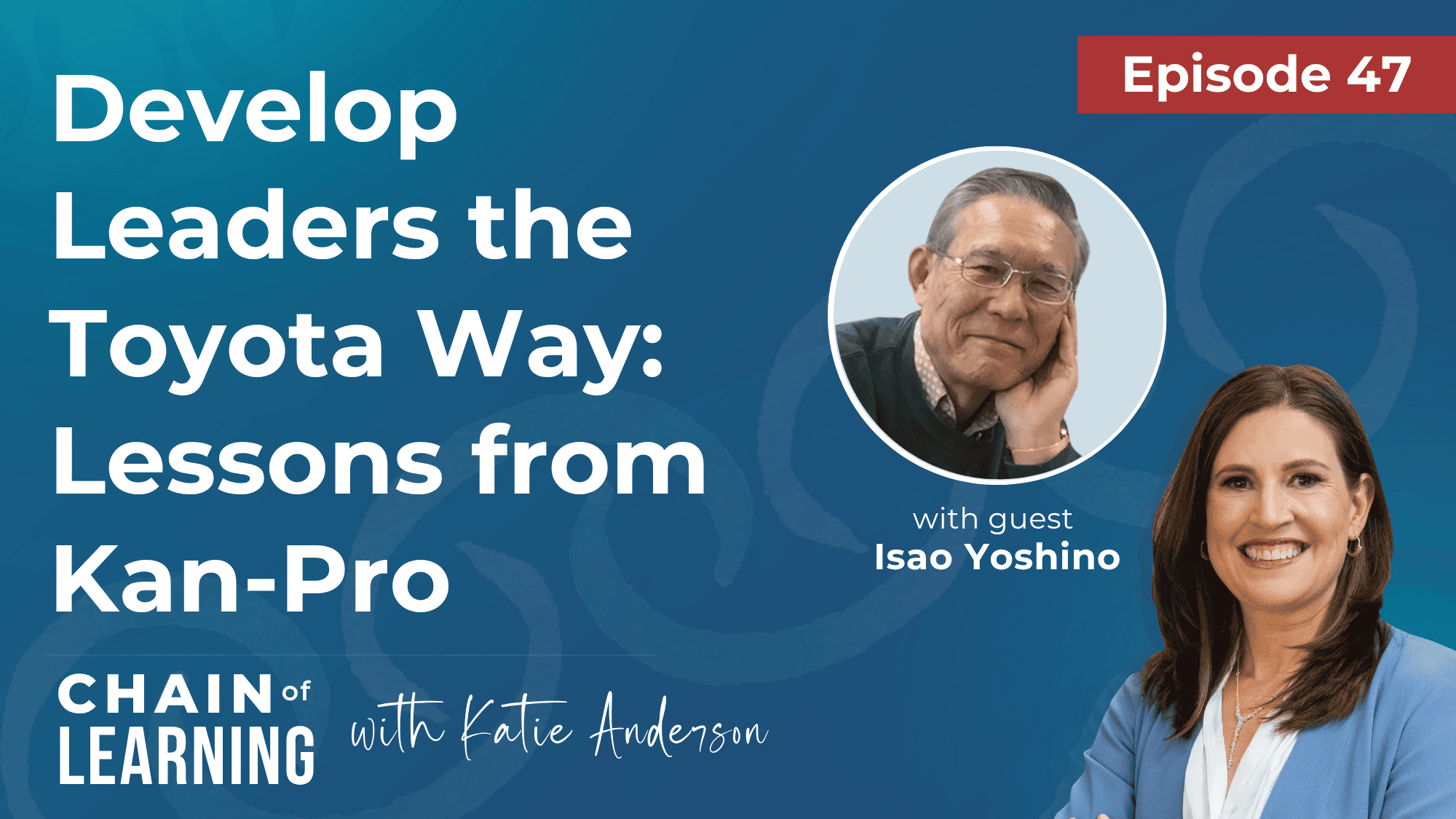Last week I led a seminar on team dynamics for one of the foreign embassies in Japan. The team of twelve people were all Japanese-natives, except for the leader and one staff member who were from the embassy’s country.
As part of the session, I led an exercise for each team member to understand his or her own behavioral style preference and then to discuss the impact the the team’s collective styles have on their team dynamics. The framework I used was based off of the Effectiveness Institute’s behavioral style model. I’ve used this assessment for many years as a tool to help teams quickly come together during improvement events by giving them language to understand behavior preferences. These styles are in regard to behavior, rather than personality; behavior can be changed, personality less so.
I was intrigued by the results and am now interested in understanding if and how much cultural biases influence behavioral style preferences.
Behavior styles
For this tool, individuals self-assess themselves via a short survey and then tally their scores on two continuums or axes:
- a responsiveness continuum – the degree to which a person expresses his or her feelings when relating to others. A highly “controlled” person is more reserved and does not tend to express his or her emotions. A highly “responsive” person readily experiences and expresses his or her emotions.
- an assertiveness continuum – the effort a person makes to influence others. A more “telling” person tends to speak out, make strong statements, and be directive. A more “asking” person tends to be quiet, cooperative, and a good listener.
People fall into one quadrant across these continuums. Each of these behavioral styles have their own unique strengths and challenges. No one style is better than the other.
Sometimes the names can be off-putting to people, but I have participants focus on the qualities of the behavior preferences, not the “style name”.
- Controller – highly controlled and more telling. Tend to need action, results, control, to win. Could improve in listening.
- Persuader – highly responsive and more telling. Tend to need recognition and praise, to work with other people, incentives, and to touch. Could improve in organizing.
- Organizer (sometimes called “Stabilizer) – highly responsive and more asking. Tend to need security and trust, guarantees, agreement and to avoid confrontation. Could improve in initiating.
- Analyzer – highly controlled and more asking. Tend to need precision and accuracy, detailed descriptions, time to make decisions, to know the rules and to be right. Could improve in declaring a position.
Results from this primarily Japanese team
I have never had a team so dramatically weighted towards one personality type in my eight years of using this test. Nine of the twelve participants resulted in being Organizers. Only three people scored with another leading preference type: the Western leader was a Controller, one Japanese native was a Persuader, and one was an Analyzer. Several of the Organizers were close in score to other personality types – three were close to the analyzer, one to the controller and one to the persuader. This group was a very small sample size, so it may not be representative of a typical Japanese team.
Teams perform best if they can draw on the strengths of different behavioral preferences, as well as to be aware of the blindspots of a certain style. A team so heavily weighted to one style also needs to be aware of it’s collective blindspots.
How does this group compare to the U.S.?
Typically Americans are known to be much more of the “telling” side of the assertiveness continuum, although of course there are people who fall on the other side.
In my experience in working with American healthcare organizations, the behavioral styles often fall along lines of chosen professions. Nurses tend to be Organizers or Persuaders, surgeons and senior administrators tend to be Controllers, business analysts or finance people tend to be Analyzers, facilitators tend to be Pursuaders. I have had some teams that were heavily weighted towards some behavior preferences, but generally they were somewhat balanced.
How much influence does culture have in behavioral preferences?
How much were the behavior style results due to the nature of this individual work team, and how much would this be typical of most work teams in Japan? Do most Japanese have a preference for the qualities of being closer to the Organizer (and Analyzer) behaviors? Is there a national preference for being more “asking” that has supported the development of A3 thinking?
Organizers tend to be likable, avoid confrontation, have moderate opinions, go along with what is told, are trusting, and can be self-denying. The Japanese people as a whole are known to be rule followers, conflict adverse, less likely to speak up or offer their opinion, and in search of harmony. Many of these traits would fall into the Analyzer or Organizer quadrants, particularly along the assertiveness continuum.
I would be interested in running an experiment across a wider cross-section of Japanese people, and then compare the results with a cross-section of Japanese Toyota employees/managers to see if there is a difference. Has the culture that Toyota has created influenced behavioral preferences of it’s employees?
What is your experience?
How much does group culture play in influencing behavior preferences? Are some behavioral styles more likely to be found in certain countries or cultures? How does this impact how Lean (originally the Toyota Production System) has been translated to Western cultures?










